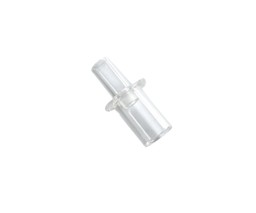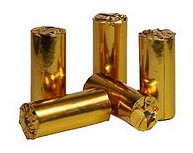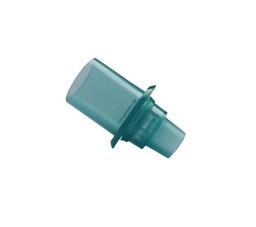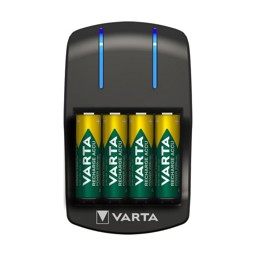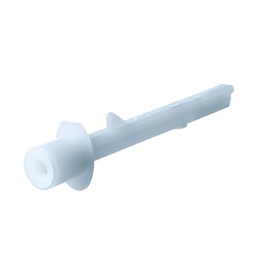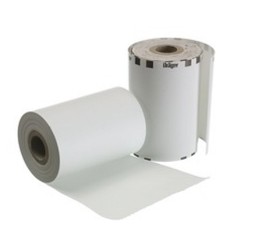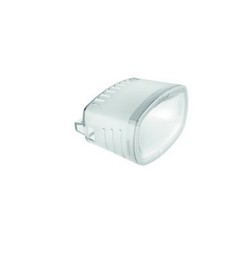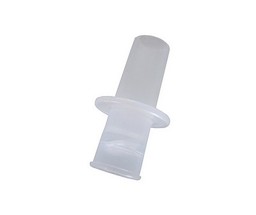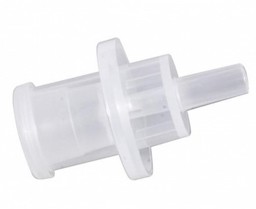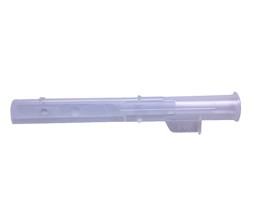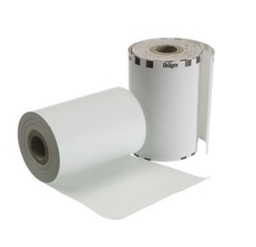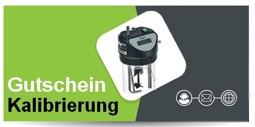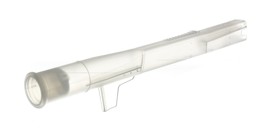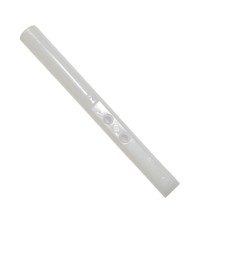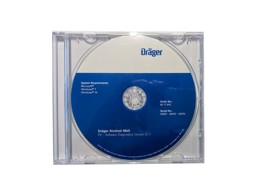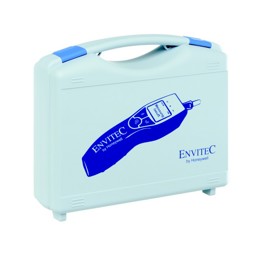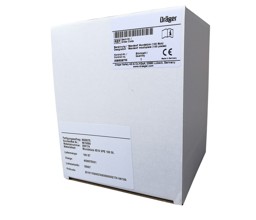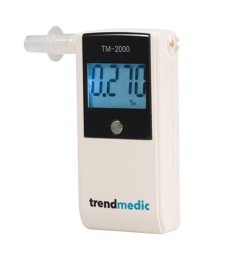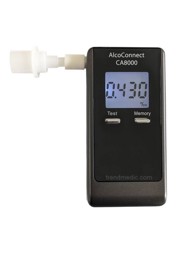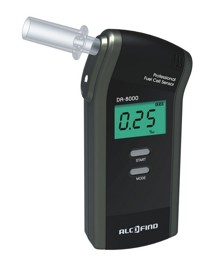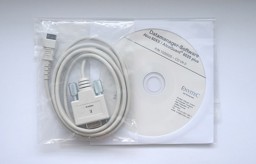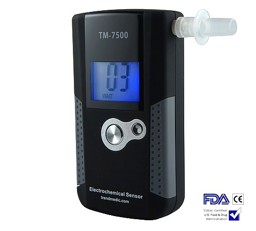Digital Breathalyzers
Search results: 1-48 of 73
DaTech - Alcofind
Battery cover DA-8000
Replacement battery cover for Alcofind DA-8000
Immediately available!
4,99 € *
Varta
Battery type 9V block
Varta Battery Industrial - 9.0 V - Block / Type CR-V9 for various breathalyzers and other applications, 1 piece
Immediately available!
5,90 € *
Trendmedic GmbH & Co. KG
Universal-Gürteltasche
Hochwertige Gürteltasche aus elastischem Neopren
Immediately available!
5,90 € *
Regulär:
9,90 € *
Varta
Alkaline batteries type AAA 1.5V 4-pack
Batteries - 1.5 V Type AAA / Micro / LR03 - Varta for use in various devices, Varta Micro AAA LR3 LR03 Micro Battery Industrial Version
Immediately available!
5,90 € *
Varta
Alkali Batteries Typ AA 1,5V
Special batteries breathalyzer - 1.5 V AA, Varta, Alkali Mignon LR06 Industrial batteries, 4-Pack
Immediately available!
6,90 € *
Envitec
Moucepiece for Breathalyzer Envitec with non return valve (25pcs)
25 pcs . Breathalyzer mouthpieces with non return valve for Envitec AlcoQuant 3020/6020, AlcoTrue M, AlcoTrue P, AlcoTrue C, Modell S-Typ
Immediately available!
8,99 € *
Trendmedic GmbH & Co. KG
Breathalyzer Lithium Batteries type AA 1.5V
Special batteries breathalyzer - 1.5 V AA, Model Energizer Hi Energy Lithium AA Battery , 2-Pack
Immediately available!
9,90 € *
Trendmedic GmbH & Co. KG
Universal Power adapters, 300mA
Universal Power Adapter/Unit 300 mA, AC/DC, non-stabilized, Profitec MW 883 GS
Immediately available!
9,90 € *
UVP:
11,90 € *
Alkali Batteries Typ AA 1,5V - 10er Pack - MediaRange
Batteries - 1.5 V AA, MediaRange, Alkali Mignon LR06, 10-Pack
Immediately available!
9,90 € *
Varta
rechargeable battery type AA 1.2V 4-pack
4 pcs Varta rechargeable battery - 1.2 V mignon (AA) for versatile application
Immediately available!
10,90 € *
Dräger
Lithium-Battery für Dräger Alcotest® 3820 / Alcotest® 5820
Lithium-Battery for Breathalyzer Dräger Alcotest® 3820 or Alcotest® 5820 , Modell CR 123A from Panasonic
Immediately available!
12,90 € *
Trendmedic GmbH & Co. KG
Universal Power Adapter - USB Charging Plug Adapter (5V / 2,1A) - Charger
USB charging plug Adapter power adapter (5V / 2,1A), universal & compact
Immediately available!
13,90 € *
Dräger
Mouthpieces for Dräger Alcotest® 3820/4000 (5 pcs)
5 pcs. Breathalyzer mouthpieces (VPE) for Dräger Alcotest® 3820/4000 | Dräger Order code 835250
Immediately available!
15,90 € *
Trendmedic GmbH & Co. KG
Mouthpieces for Breathalyzer ACE one
50 pcs. Mouthpieces for Breathalyzer Model ACE one
Immediately available!
19,90 € *
UVP:
25,00 € *
CD-R 700MB|80min 48-fache - Medical Line - MediaRange
Exclusively tailored to the special requirements of the healthcare sector -
suitable for long-term archiving of patient data, patient images and medical reco…
Immediately available!
19,95 € *
ADCS
Mouthpieces for Breathalyzer
50 pcs. Breathalyzer mouthpieces with breath lock | Typ: Cosmos
PZN: 11848762 | A-Typ
Immediately available!
20,90 € *
UVP:
25,00 € *
Trendmedic GmbH & Co. KG
Breathalyzer Mouthpieces for OMorc und TopElek [Upgrade Version]
50 pcs. Breathalyzer mouthpieces (VPE) with non return valve for model OMorc Hoold S und TopElek Hoold S [Upgrade Version]
Immediately available!
21,90 € *
DaTech - Alcofind
Original Mouthpieces for Breathalyzer DA/AF-Series
50 pcs. breathalyzer mouthpieces for different models of the manufacturer Datech.
Immediately available!
27,00 € *
Trendmedic GmbH & Co. KG
Thermal Roll Paper for Thermoprinters
Thermal Roll Paper for Thermo-Printer
Immediately available!
27,90 € *
ACE Technik
Mouthpieces for ACE® Breathalyzer
50 pcs. Breathalyzer mouthpieces (blue) / Compatible for most Alcofind and ACE® Modells
Immediately available!
29,00 € *
Varta
VARTA rechargeable Batteries + Charger
4 pcs Special batteries - 1.2 V Typ (AA) rechargeable battery + plug charger
Immediately available!
29,90 € *
ADCS
100 Mouthpieces for Dräger Alcotest Models / OEM
100 pcs . Breathalyzer mouthpieces (VPE ) for Dräger / Alternative mouthpiece for Dräger Alcotest® 3000, Alcotest® 5510, Alcotest® 6510, Alcotest® 6820 and Alc…
Immediately available!
29,90 € *
UVP:
33,90 € *
Dräger
Dräger printer thermal paper 10 years (5 pcs)
thermal paper - 10 years durable (5 rolls) Dräger No. 8319002
Immediately available!
29,90 € *
Envitec
Printer thermal paper Envitec (5 pcs)
Thermal printer paper - suitable for Envitec Alcoprint E202WL (Art. 1002255)
about 6 - 7 working days
29,90 € *
Dräger
Dräger Alcotest 5000/7000 Funnel Mouthpieces
Dräger Alcotest 5000/7000 Funnel (PU = 5 pieces, individually hygienically packed) suitable for Alcotest® 5000 and 7000 | Dräger part no. 8327718
Immediately available!
29,99 € *
Envitec
Moucepiece for Breathalyzer Honeywell EnviteC (100pcs)
100 pcs. Breathalyzer mouthpieces with non return valve for Envitec AlcoQuant + AlcoTrue Models / S-Type
Immediately available!
33,00 € *
UVP:
35,99 € *
Trendmedic GmbH & Co. KG
Breathalyzer Mouthpieces for TM series
100 pcs. Breathalyzer mouthpieces (VPE) with valve (rebreathing barrier) for model TM-2000/TM-7500/TM-8500/TM-9500/PromiCheck FC/AlcoReal
Immediately available!
34,00 € *
Trendmedic GmbH & Co. KG
Mouthpieces for Breathalyzer Dräger Alcotest 7410 (D-Typ)
100 pcs. Breathalyzer mouthpieces (VPE ) with non-return valve for model Dräger Alcotest 7410, AlcoQuant Envitec 6020, CA - 8005 , CA-7500 (D-type ).
about 2 - 3 working days
38,00 € *
Thermal Roll Paper for Alcotecor BAC-100
Our paper roll products deliver high performance and compatibility in transaction printers
Immediately available!
39,00 € *
DaTech - Alcofind
Mouthpieces for Alcofind DA-9000 (VPE 100)
100 pcs . Breathalyzer mouthpieces for model Alcofind DA 9000
Immediately available!
39,00 € *
Dräger
Dräger printer thermal paper 25 years (5 pcs)
thermal paper - 25 years durable (5 rolls) Dräger No. 83 18 46
Immediately available!
39,90 € *
Trendmedic GmbH & Co. KG
Calibration-Service for Breathalyzer with Fuel-Cell Sensors
Breathalyzer Calibration coupon for the different models with electrochemical sensors / Service include control and verification of functions of the breathalyz…
Immediately available!
45,00 € *
Trendmedic GmbH & Co. KG
Calibration-Service for Breathalyzer from Draeger / Envitec / AlcoTrue
Breathalyzer Calibration coupon for the Draeger and Envitec/AlcoTrue models / Service include control and verification of functions of the breathalyzer
Immediately available!
47,00 € *
Dräger
Standard Mouthpieces - 100 pcs - for Dräger Alcotest (slide'n'click)
100 pcs. Breathalyzer mouthpieces (VPE) for Modell Dräger Alcotest® 3000, Alcotest® 5510, Alcotest® 5820, Alcotest® 6000, Alcotest® 6510, Alcotest® 6810, Alcot…
Immediately available!
49,99 € *
INTOXIMETERS INC.
Mouthpieces for Breathalyzer Alco-Sensor® FST
100 mouthpieces for breathalyzer Alco-Sensor® FST
Immediately available!
59,00 € *
Envitec
Case for Envitec AlcoQuant Breathalyzer
Secures your Envitec Breathalyzer Model AlcoQuant® 60XX in harsh environments !
about 6 - 7 working days
59,90 € *
Dräger
Protection Case for Breathalyzer Dräger Alcotest® 5820/6000
Protection Cases for Dräger Alcotest® 5820/6000 | Dräger Part no. 83 24 999
Immediately available!
69,90 € *
Envitec
Dräger PC-Software Diagnostics A68X0
PC-Software Diagnostics Version 2.1.1 für Alcotest 6000, 6810 und 6820. Dräger Partnumber: 8317915
Immediately available!
69,90 € *
Envitec
Envitec AlcoQuant protection case
Replacement protection carrying case for breathalyzer EnviteC Alcoquant 6020 Plus or AlcoMed 6040
Immediately available!
69,90 € *
Dräger
Standard mouthpieces with non return valve for Dräger Alcotest models (slide'n'click)
100 pcs. Mouthpieces for Draeger Alcotest Breathalyzer / Dräger Product No.. 6811055
Immediately available!
86,90 € *
Trendmedic GmbH & Co. KG
Fuel-Cell Breathalyzer TM-2000
Designed for Accuracy - Breath Alcohol Analyzer with electrochemical sensor , modern design - easy handling | 2nd place with grade "very good" in test by AutoB…
Immediately available!
89,00 € *
Regulär:
129,00 € *
Dräger
Leather Protection Case for Breathalyzer Dräger Alcotest® 3000/6510/68X0
Leather Protection Case for Dräger Alcotest® 3000/6510/68X0 | Dräger Part no. 83 179 31
7-8 business days
89,90 € *
Dräger
CE mouthpieces with non-return valve for Dräger Alcotest med models (slide'n'click)
100 pcs. Mouthpieces for Draeger Alcotest med Breathalyzer / Dräger Product No.. 3705618
Immediately available!
127,90 € *
ADCS
Breathalyzer AlcoConnect CA8000
The inexpensive alcohol tester in a small format -hand-held alcohol tester with Fuell-Cell sensor for the use of disposable mouthpieces
Immediately available!
129,00 € *
DaTech - Alcofind
Breathalyzer Alcofind DA-8000
Breathalyzer with electrochemical sensor for the use of disposable mouthpieces / One of the best-selling breathalyzer in the USA!
Immediately available!
129,00 € *
Regulär:
139,90 € *
Envitec
EnviteC Datamanager Alco 60XX/6020 PC-Cable + Software
PC-Connection for EnviteC Breathalyzer + Software Data Manager for AlcoQuant 6020 and AlcoMed 6040
~ approx. 8 Business-days!
129,90 € *
Trendmedic GmbH & Co. KG
Breathalyzer TM-7500
Breathalyser with electrochemical sensor / fuel cell sensor (police-grade accuracy) in a sleek and compact design.
out of stock !!!
145,00 € *
DaTech - Alcofind
Breathalyzer Alcofind DA-8000 + 50 extra mouthpieces
Breathalyzer with electrochemical sensor for the use of disposable mouthpieces / One of the best-selling breathalyzer in the USA!
Immediately available!
145,90 € *
Regulär:
169,90 € *

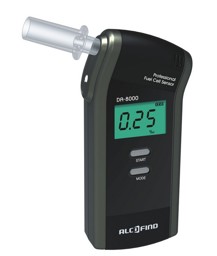
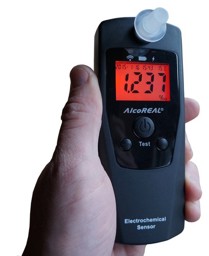

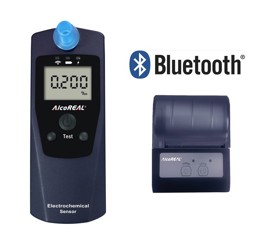
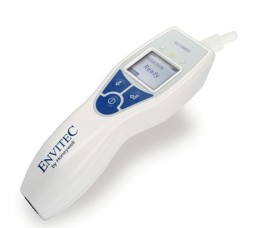

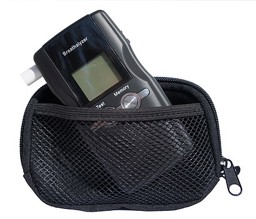

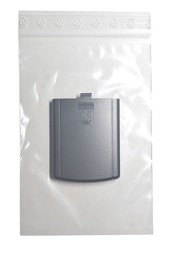
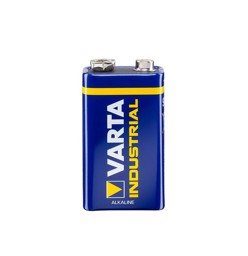
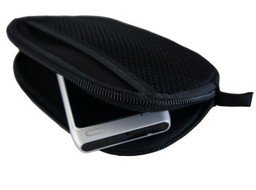
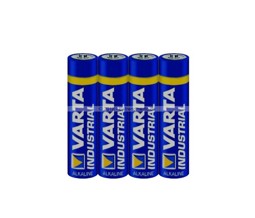
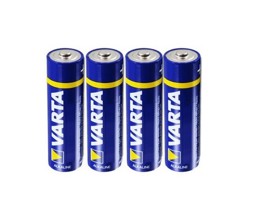
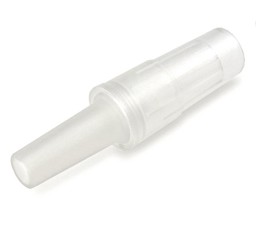
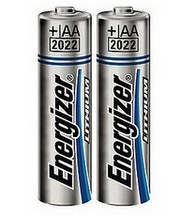

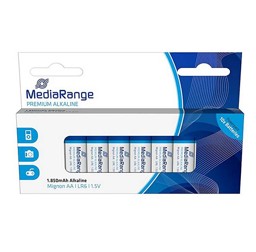
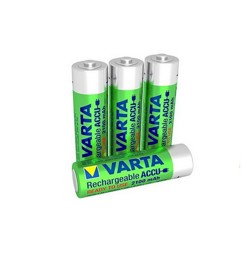
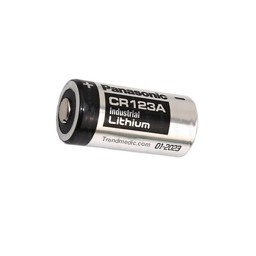

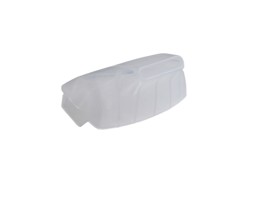
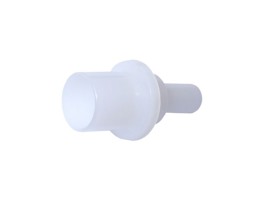
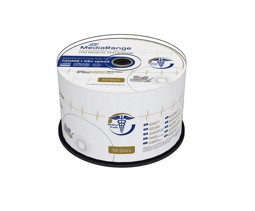
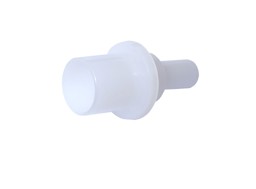
![Show details for Breathalyzer Mouthpieces for OMorc und TopElek [Upgrade Version] Picture of Breathalyzer Mouthpieces for OMorc und TopElek [Upgrade Version]](http://www.trendmedic.de/media/1150/catalog/mundstucke-fur-alkoholtester-omorc-und-topelek-upgrade-version-1.jpg?size=256)
